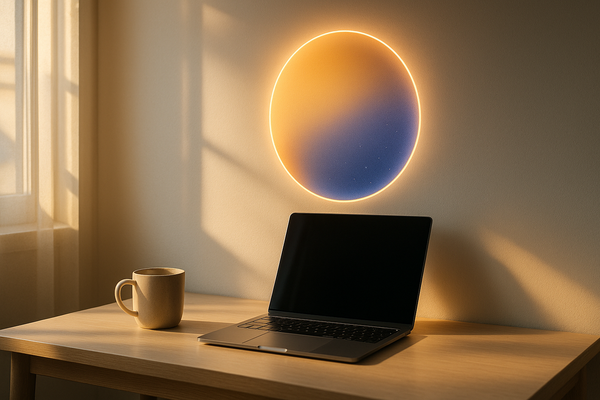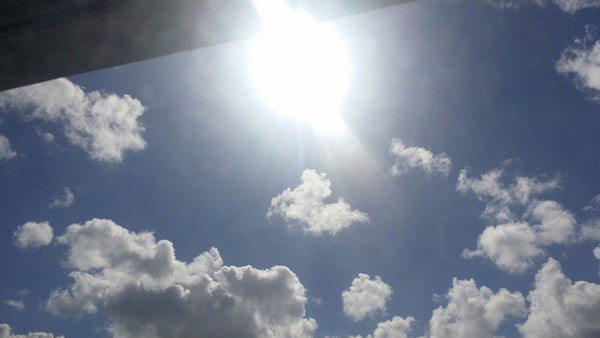

The information on this page helps you understand the importance of light in our lives. Light shapes how we perceive the world, not only visually, but also spreads to our mood, performance and even impacts us when the lights are off: our sleep.
We have collected the research into a collection of whitepapers. Each whitepaper accentuates another theme around lighting and its impact.
Good lighting boosts performance
Understand faster
Good lighting improves reading speed
make Fewer Mistakes
Light helps to understand text easier
Feel less stressed
Healthy lighting helps to feel calm
We need different light throughout the day
Our biological clock (circadian rhythm) asks for a variety of lights during the day. depending on the task at hand or moment of the day you want your lights to change with you.
Morning Fresh
Cool & bright (5000–6500K). Boosts alertness and starts your day right.
Midday Energy
Neutral (4000–5000K). Sustains focus without overstimulation.
Evening Calm
Warm & dim (2700–3000K). Protects melatonin and prepares you for sleep.
Whitepapers

Necessary Light
Our eyes do more than just see—they also set our biological clock. Most modern office lighting is too weak and static, draining energy and focus.
- Standard office lighting gives only 50–150 lux at eye level, while we need 250–500+ to stay alert.
- Biologically active light (blue/green spectrum) regulates energy, focus, and melatonin.
- OPAL delivers up to ~250 melanopic lux (M-EDI) directly at eye height, with a natural full spectrum.
- The right light isn’t a luxury—it’s brain fuel that shapes your energy throughout the day.

(Circadian) Rhythm
A strong circadian rhythm is like a cheat code for energy and sleep. Instead of forcing it, you can work with your biology.
- Morning: bright light within 60 minutes after waking = “daytime” signal.
- Evening: dim, warm light = “nighttime” signal, helping melatonin rise on time.
- Meals: keep eating in an 8–11 hour window, finishing dinner early.
- Work blocks: use bright, eye-level light for focus; step outside 1–2× before lunch.
- Result: predictable energy during the day and natural sleep pressure at night.

Natural recovery
Nature helps us recover, focus, and relax. OPAL translates those principles into indoor light that feels natural.
- Biophilic design (light, forms, materials) lowers stress and restores focus.
- Research shows: patients with a view of nature recover faster, feel less stress, and perform better cognitively.
- Attention Restoration Theory (ART):
Directed attention (effortful focus) drains quickly.
Involuntary attention (natural fascination, like leaves or water) restores our brain. - OPAL brings nature back indoors through dynamic light effects. Next to the daylight-like light by day and warm, soothing tones at night.
Our eyes
Coming soon, stay tuned for research into our eyes!
Explore our blogs


